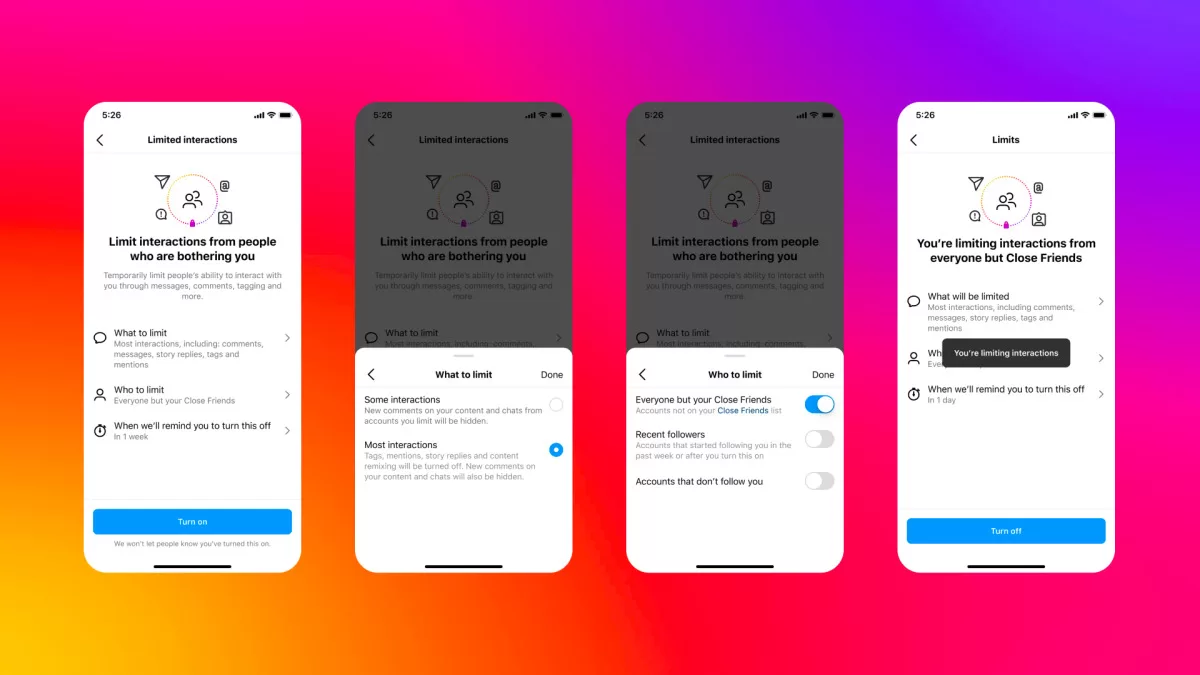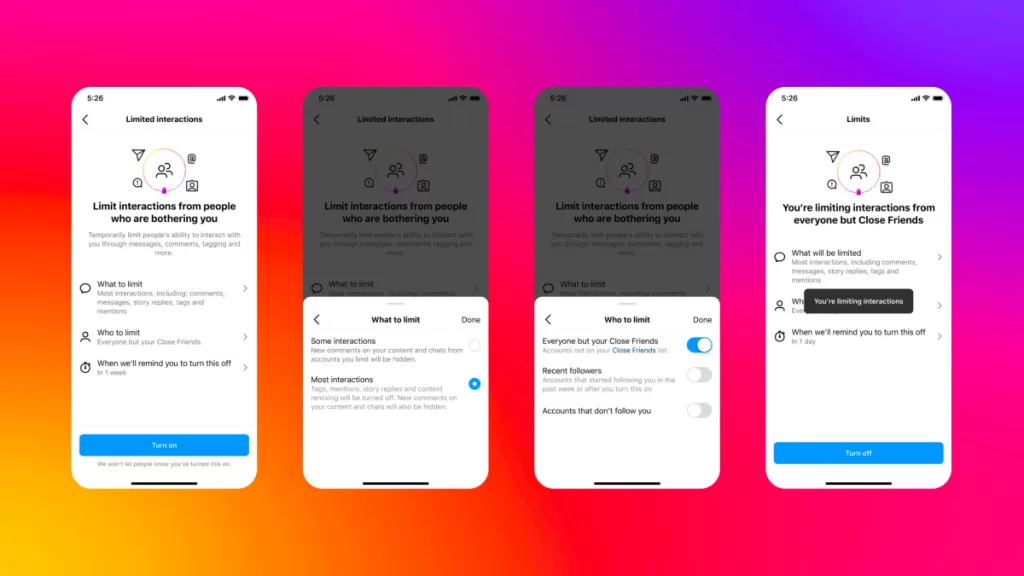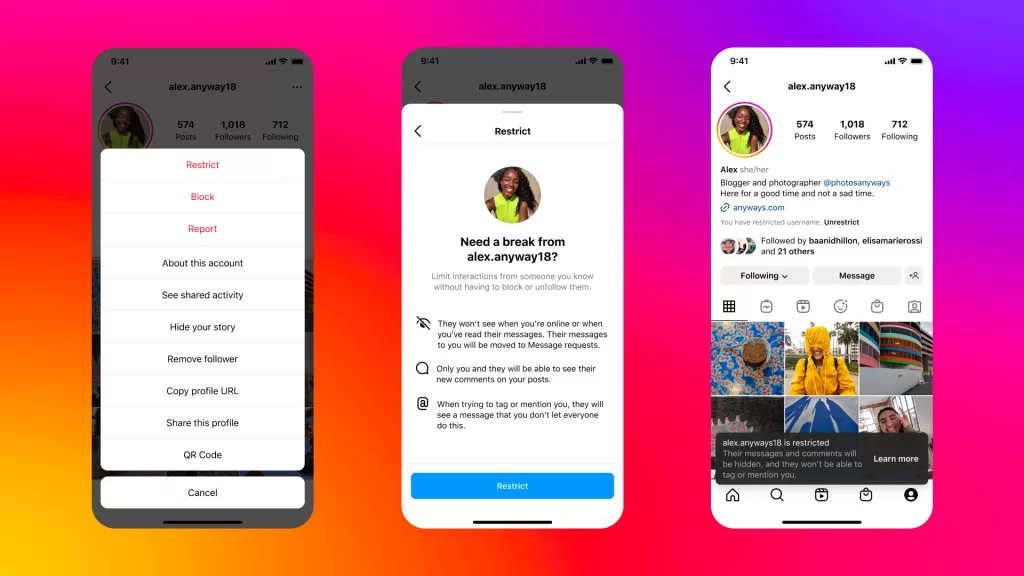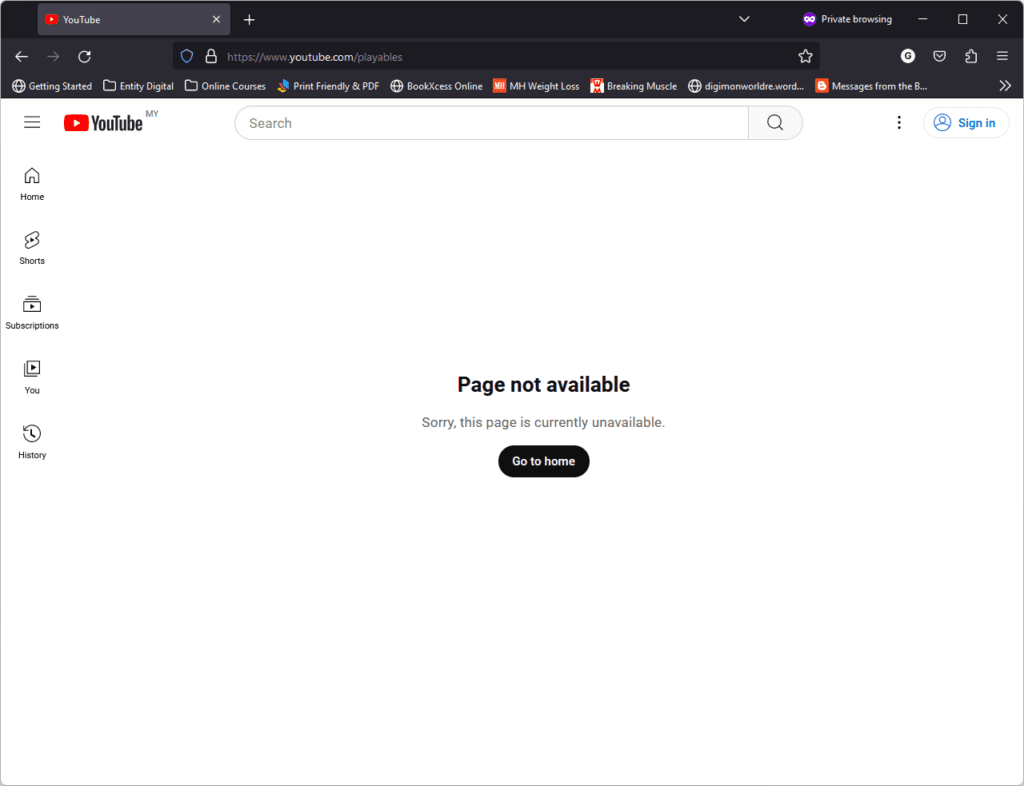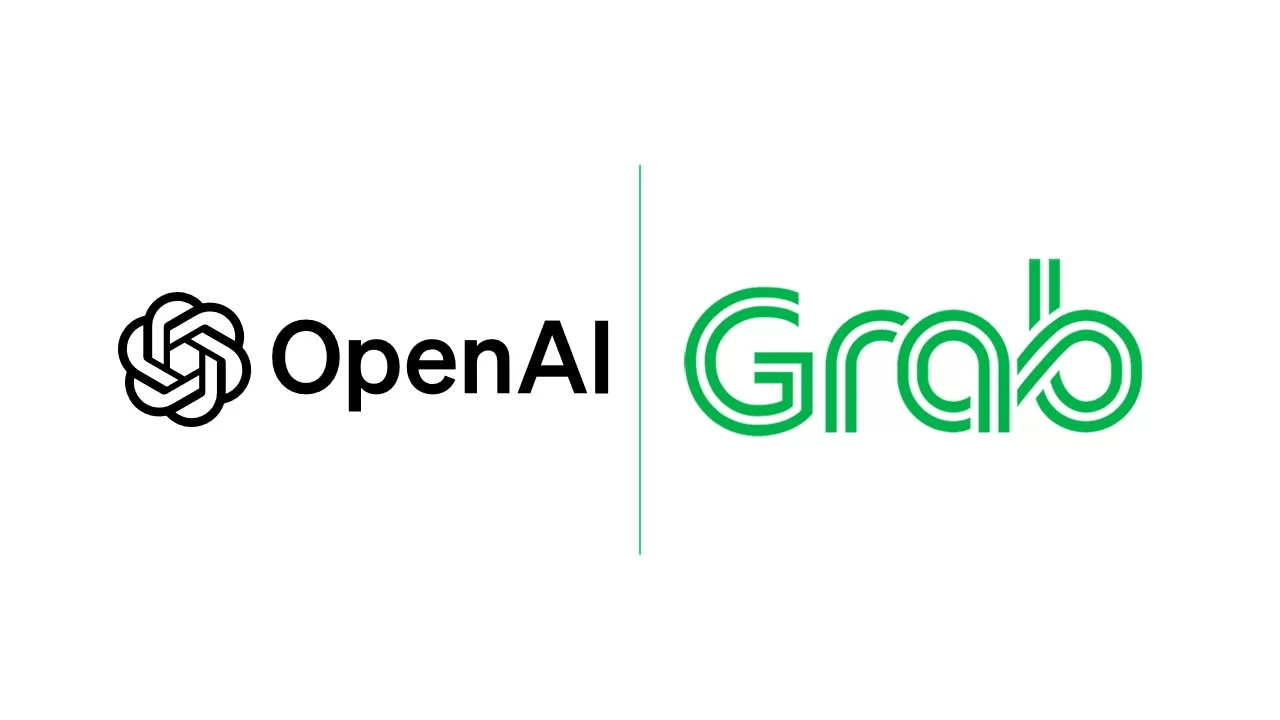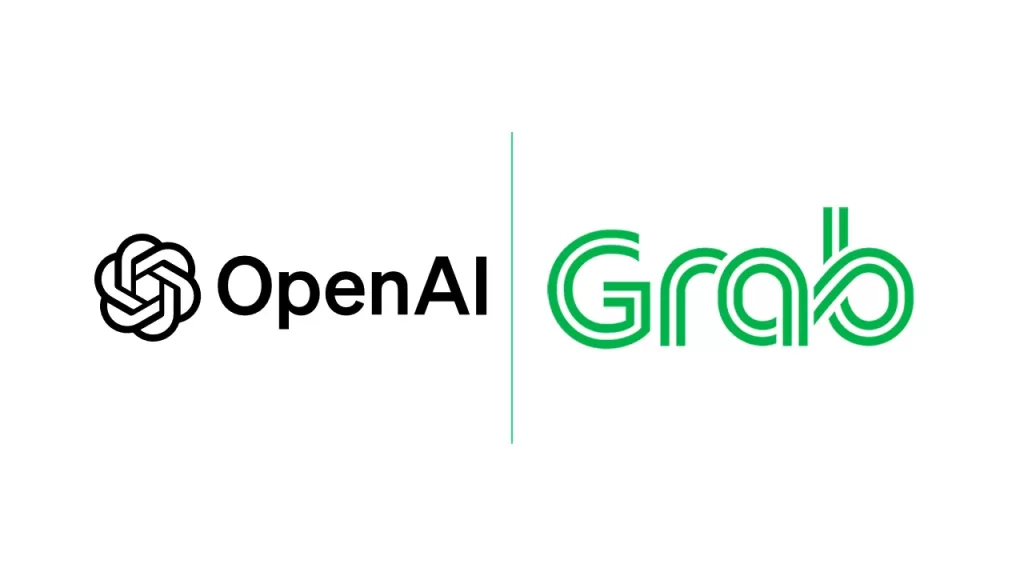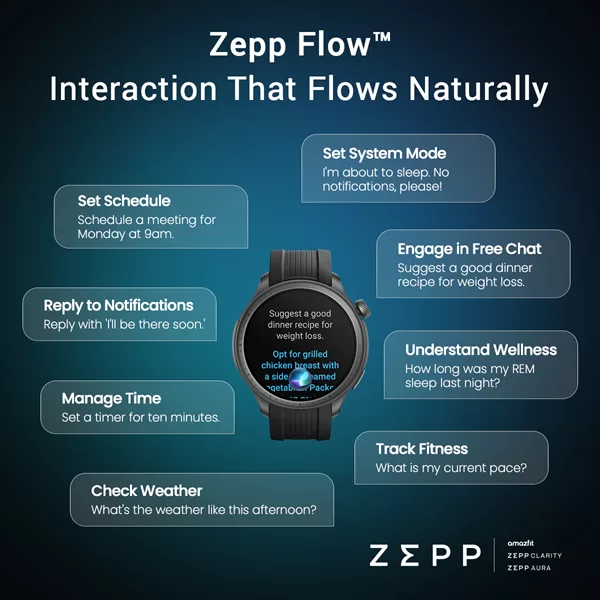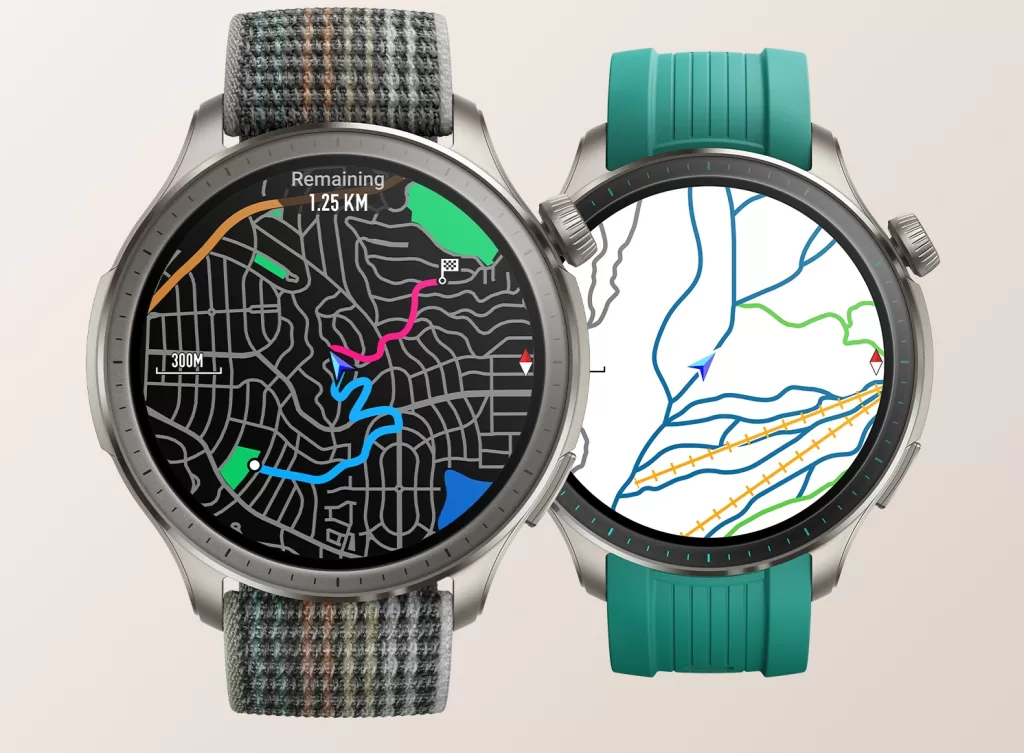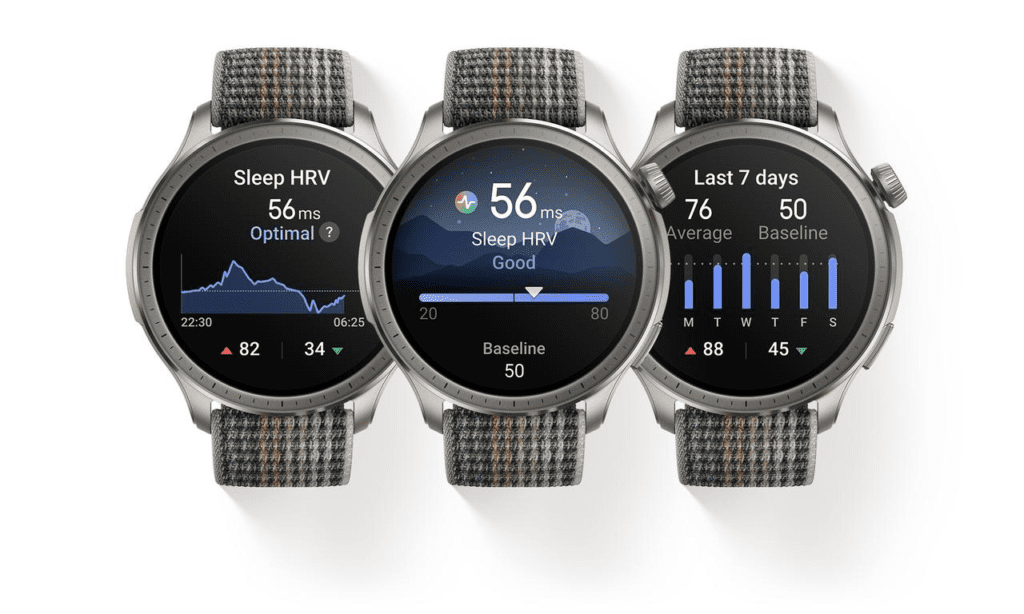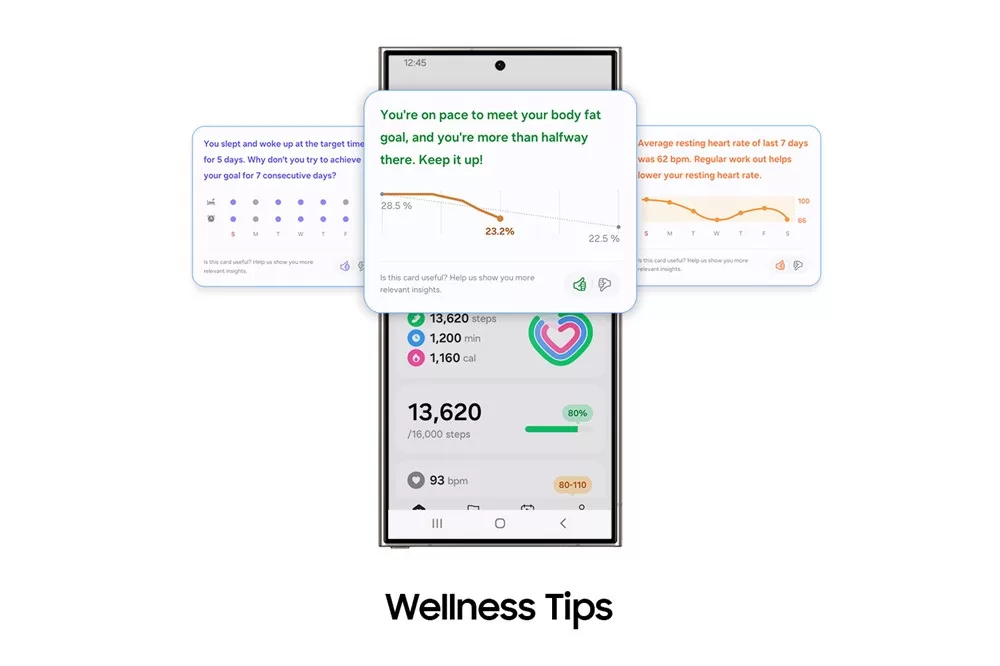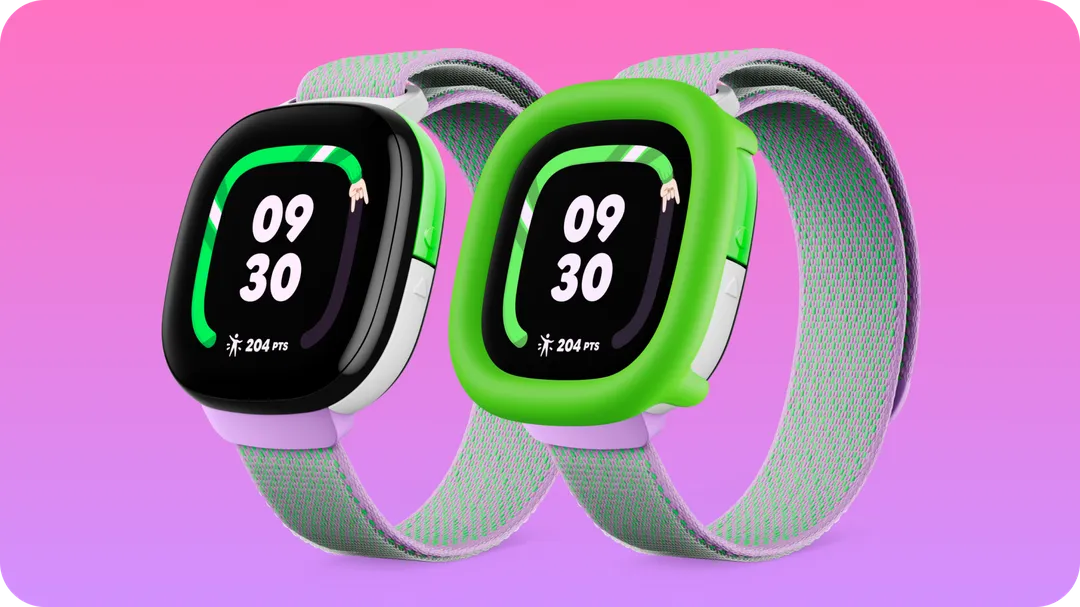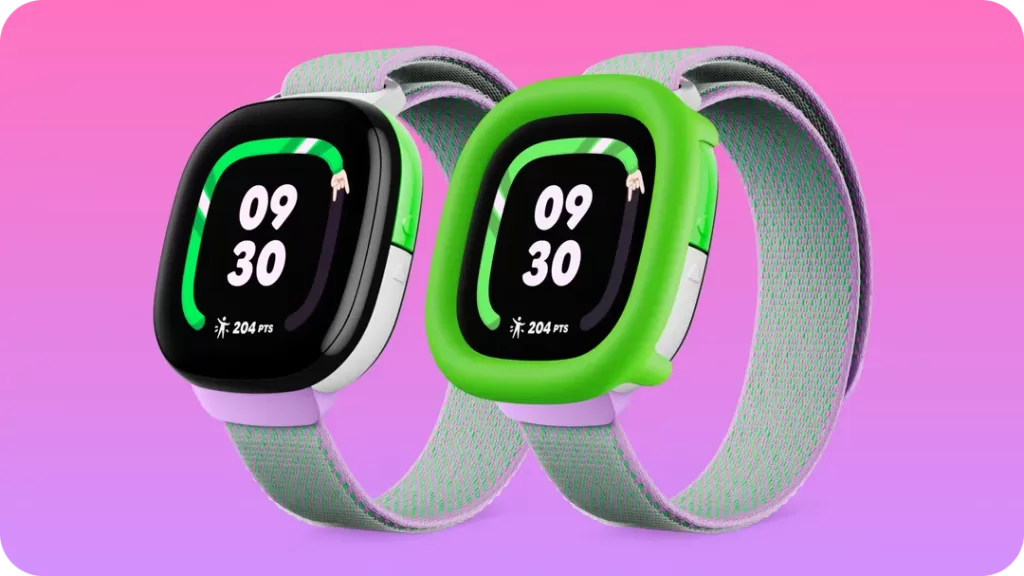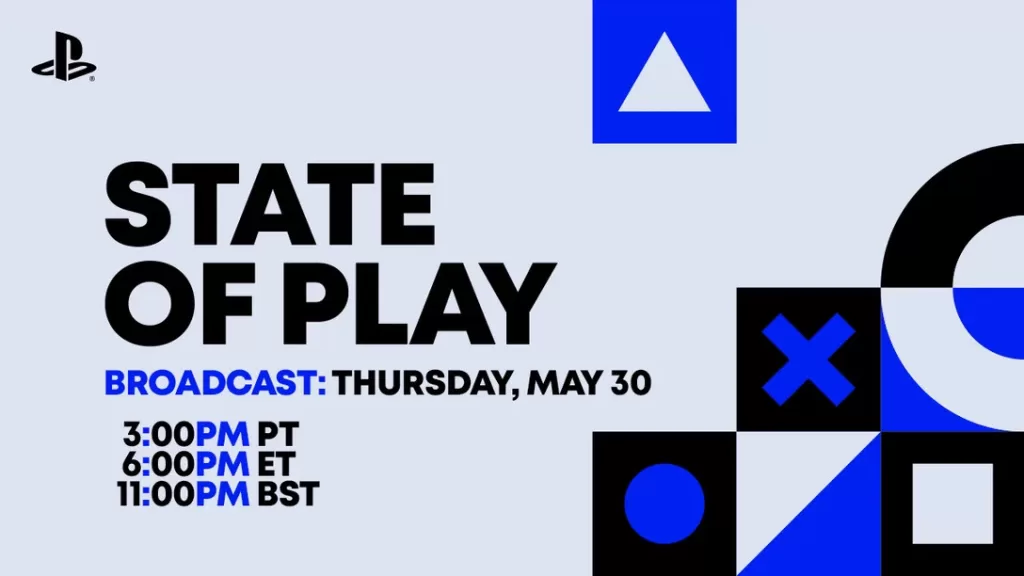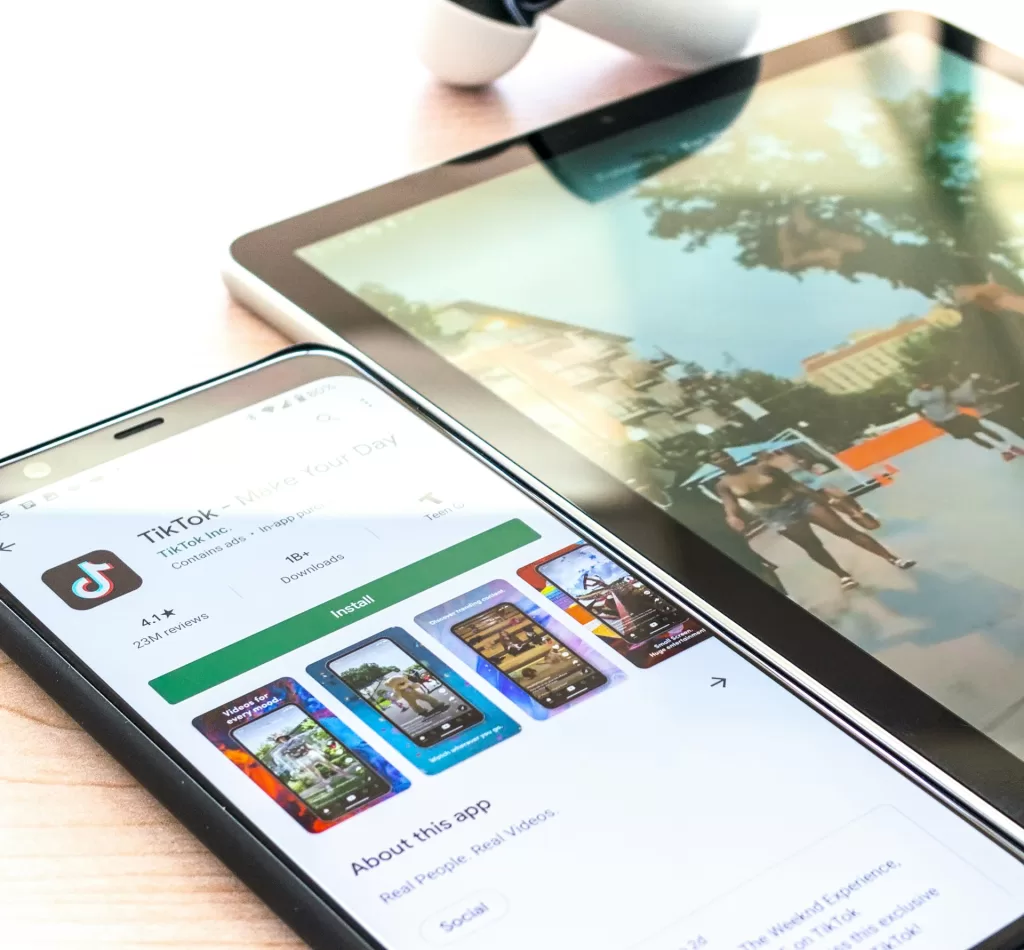Google’s recent announcement of a US$2 billion investment in Malaysia signifies a major milestone in the country’s digital transformation journey. This strategic investment not only positions Malaysia as a regional hub for cloud computing but also empowers its industries and workforce to embrace the transformative power of artificial intelligence (AI).
A Google Cloud Data Centre in Kuala Lumpur
The centrepiece of Google’s investment is the construction of its first data centre and Google Cloud region in Malaysia. Strategically located in Sime Darby Property’s Elmina Business Park in the Greater Kuala Lumpur region, this data centre will serve as the backbone for Google’s popular digital services like Search, Maps, and Workspace. These services are the lifeblood of countless individuals and organizations worldwide, including those in Malaysia.

The impact of Google’s investment extends far beyond powering existing services. The new cloud region will provide high-performance and low-latency cloud services to businesses of all sizes, from established enterprises to budding startups. This will be particularly beneficial for public sector organizations seeking to leverage the efficiency and scalability of cloud computing.
For businesses concerned about data security and residency, Google Cloud offers robust features that meet the highest compliance standards. This empowers organizations to retain complete control over their data storage, ensuring adherence to specific data residency requirements. Furthermore, Google’s existing Dedicated Cloud Interconnect locations in Cyberjaya and Kuala Lumpur will provide even greater connectivity and security by enabling direct connections between an organization’s on-premises network and Google Cloud’s global network.
With the addition of the Malaysian cloud region, Google joins the ranks of leading cloud providers with a presence in 40 regions and 121 zones worldwide. This strategic placement in Southeast Asia strengthens Google’s position to cater to the growing demand for cloud services in the region. Malaysia’s central location makes it an ideal hub for businesses across Southeast Asia to leverage the power of Google Cloud.
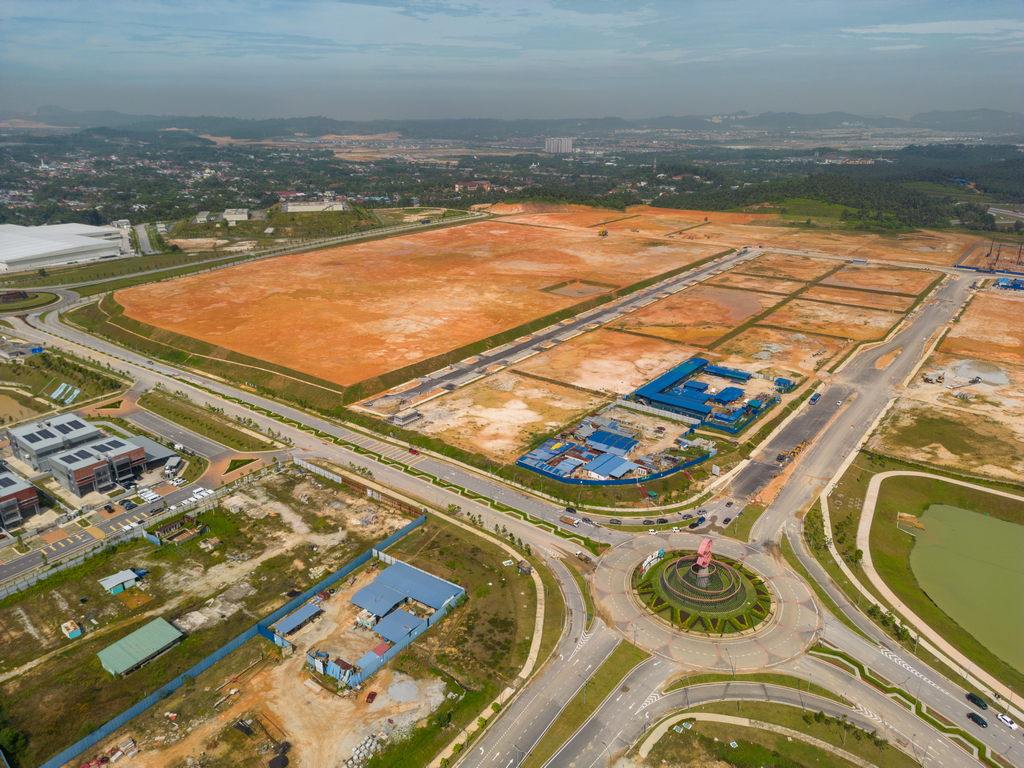
Investments in Training and Upskilling
Recognizing the transformative potential of AI, Google is actively investing in programs to equip Malaysia’s workforce with the necessary skills. Two key initiatives are the Gemini Academy and the Experience AI program.
Gemini Academy: Empowering Educators with AI Tools
The Gemini Academy equips educators with the knowledge and tools to safely and effectively utilize generative AI tools like Gemini. This empowers teachers to boost productivity and explore innovative ways to enhance student learning experiences. Since its pilot phase in November 2023, the program has benefited over 600 educators in Malaysia. In collaboration with the Ministry of Education, Google aims to expand the program’s reach to 15,000 educators by the end of 2024.
Experience AI: Igniting Young Minds
Launched by Google DeepMind, the Raspberry Pi Foundation, and the Penang Science Cluster, the Experience AI program focuses on empowering educators with the skills and knowledge to deliver engaging AI lessons to students aged 11 to 14. Through interactive materials and tutorials, this program equips educators to confidently introduce students to the world of AI. The initial goal is to train 1,000 educators, ultimately reaching 10,000 students across Malaysia.
Jobs, Growth, and a Thriving Tech Ecosystem
Google’s investment is projected to create significant economic benefits for Malaysia. An evaluation by AlphaBeta (part of Access Partnership) commissioned by Google estimates the investment to contribute over US$3.2 billion to Malaysia’s GDP by 2030. This growth is further amplified by the creation of an estimated 26,500 jobs across various sectors. By fostering a vibrant technology ecosystem, Google’s investment aligns perfectly with Malaysia’s aspirations as outlined in the MADANI Economy Framework and the New Industrial Master Plan 2030 (NIMP 2030).
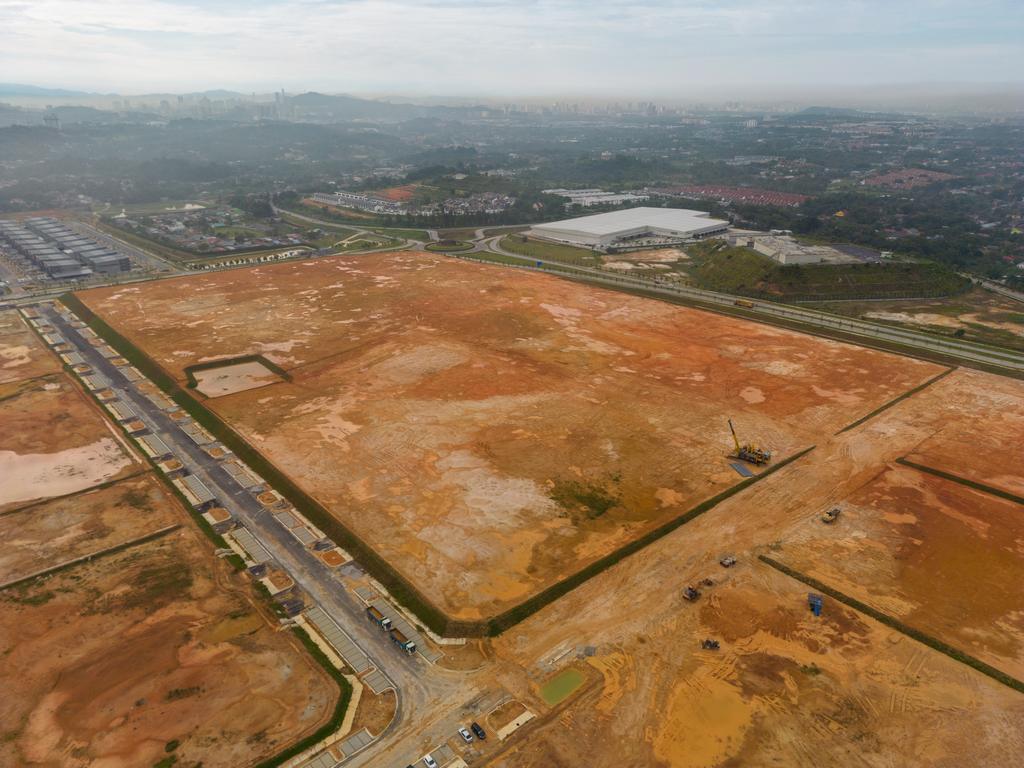
Google’s US$2 billion investment represents a significant commitment to Malaysia’s digital transformation journey. The construction of a data centre and cloud region, coupled with initiatives to promote AI literacy, positions Malaysia as a leader in the region’s digital future. This investment not only empowers businesses and individuals but also paves the way for a more innovative and technologically advanced Malaysia.
